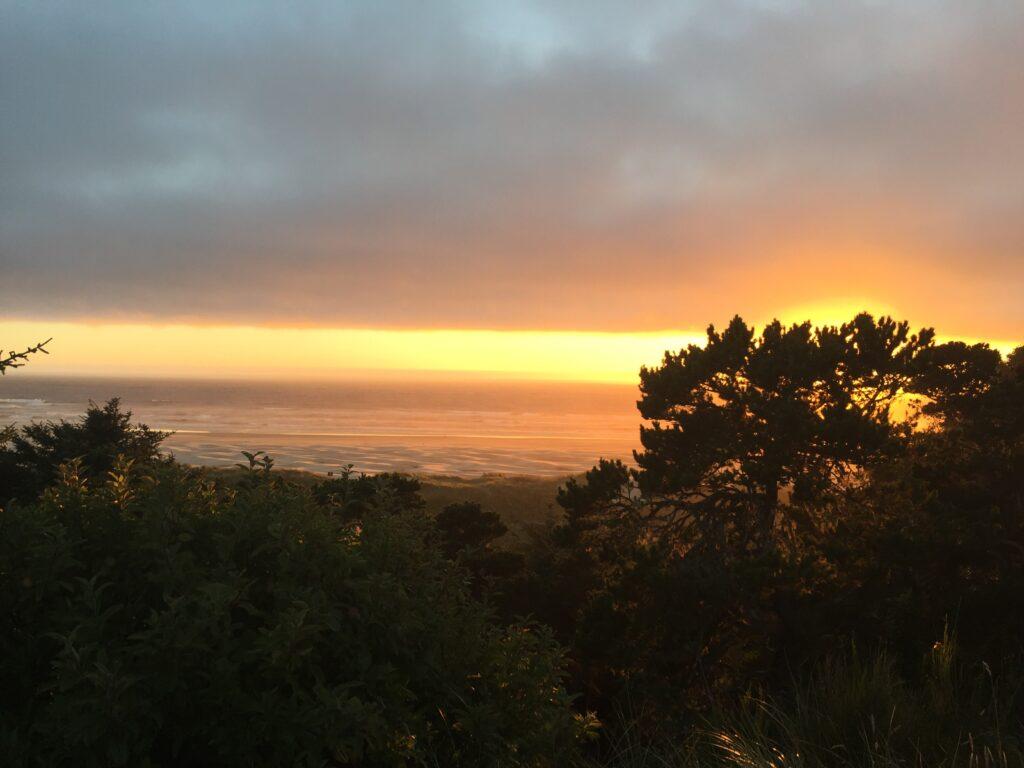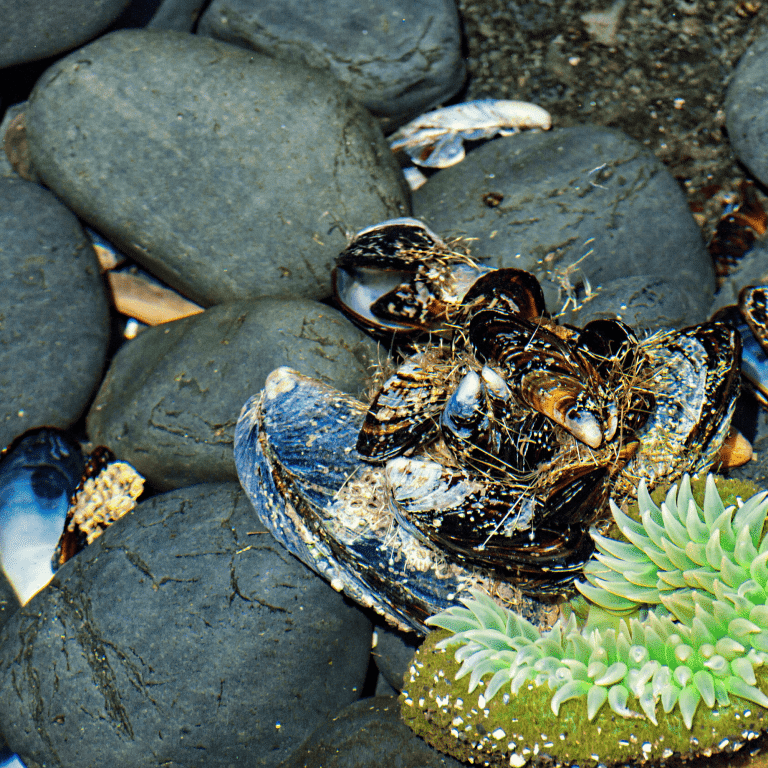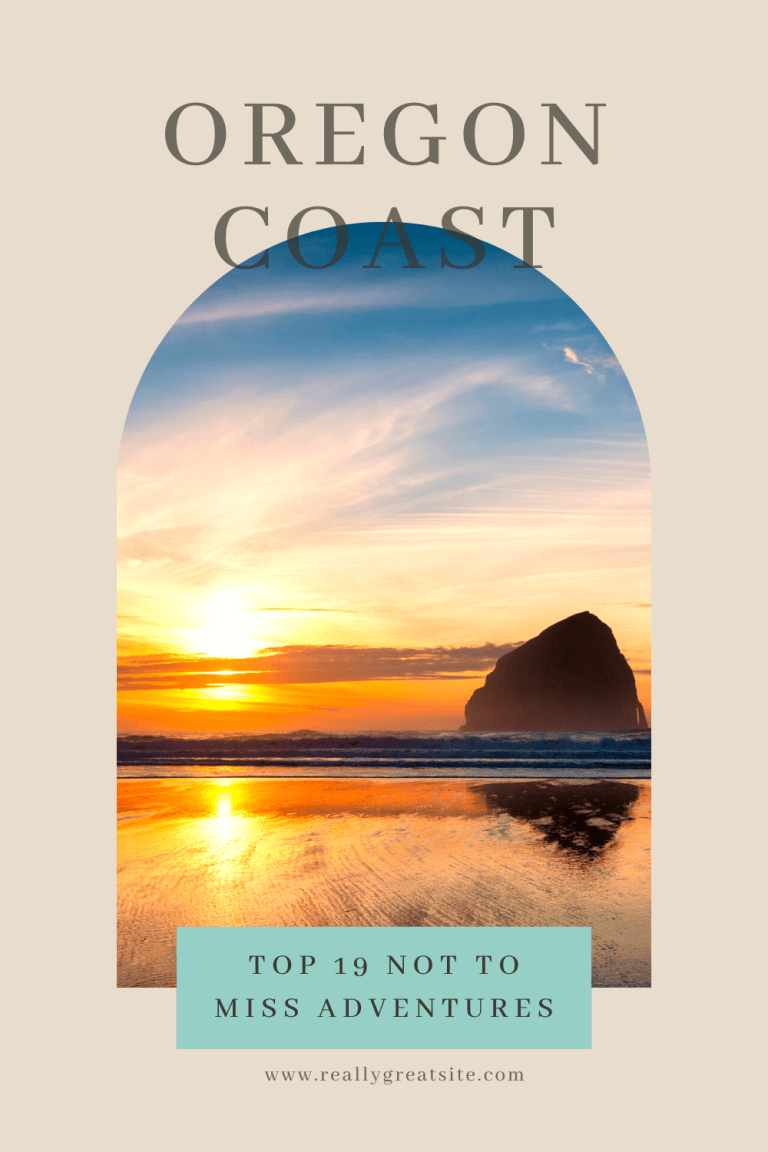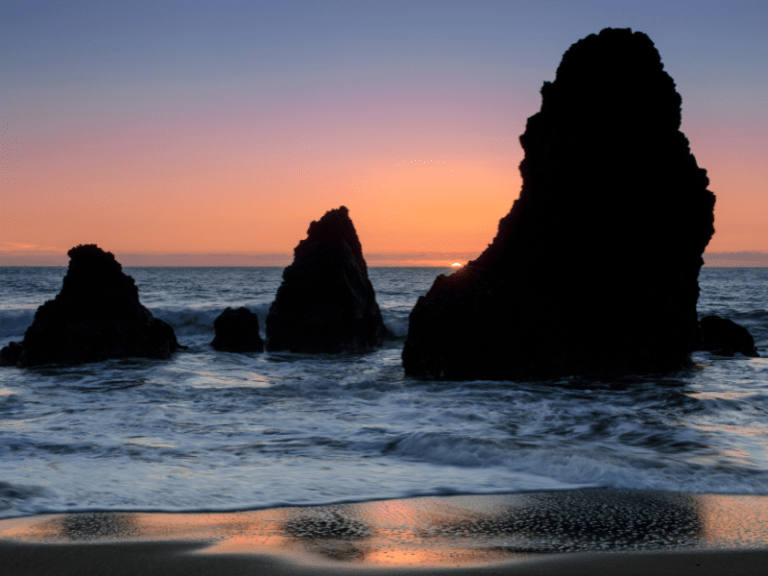10 Things You Need to Know Before Going Whale Watching
This post may contain affiliate links. I may earn a small commission at no extra cost to you.
Whale watching is a great way to see some of the giant creatures on Earth in their natural habitat.
Whales often swim and breach (jump out of the water) near the Oregon Coast.
Here are 10 things you need to know before whale watching on the Oregon Coast.

How to Prepare For A Whale-Watching Tour
When preparing for a whale-watching tour, you should keep a few things in mind.
First, dress in layers and bring a jacket, as the temperature can vary significantly depending on the time of day and whether you are in the sun or shade. It is also windy most of the time, making it feel colder.
Second, bring sunscreen and a hat or sunglasses to protect yourself from the sun. And finally, remember to bring comfortable shoes, as you will likely be doing a lot of walking.
Also, the boat may be slippery, or water could get to the boat and make it wet.
What You Can Expect On A Whale-Watching Tour
Once on board the boat, you will have a great view of the water and the chance to see whales up close. Be patient and keep your eyes open – whales can be hard to spot, but they are definitely worth waiting for!
The boat captain should inform you when they have spotted a whale. They should also tell you which side of the boat you can spot the Whale.
What to Wear on a Whale-Watching Tour
There is no one answer for what to wear on a whale-watching tour, as it can vary depending on the weather. However, there are a few items that are generally recommended that you bring.
You will want to dress in layers, bring a hat or sunglasses, and comfortable shoes. Also, you might want to bring binoculars to see anything in the distance, such as birds or seals. You may also want to bring a waterproof protector for your phone.
How to Spot Whales While Whale Watching
While whale watching, you can do a few things to increase your chances of spotting whales.
- First, find a spot on the boat that has a good view of the water.
- Then, scan the horizon for any signs of movement.
- Always keep a watchful gaze on the water because you never know when a whale will breach or spout water.
- And finally, be patient and keep your eyes open – whales can be hard to spot, but they are definitely worth the wait!
The best time of year to go Whale watching in Oregon
The best time of year to go Whale watching in Oregon is from June to September when the water temperatures are warmest, and there is more daylight.
You are more likely to see whales at this time of year because Oregon's resident Gray Whales are making their way back to the Coast of Oregon.
You can still find whales during other parts of the month, such as May. Sightings are just not nearly as common.
What Whales Can you See on the Oregon Coast?

The whales spotted on the Oregon Coast are gray whales, blue whales, sperm whales, and killer whales.
Gray Whale
Gray whales are so amazing! They are also one of the most common whales on our Oregon Coast. In fact, there is an estimated 200 resident gray whales that call this area home all year round.
During the spring migration, nearly 18,000 travels past our coast. The migration is from March to September.
Their journey has been said to be the longest of any mammal on Earth.
Blue Whale
Blue whales are sometimes spotted on the Oregon Coast. However, they are usually found more than 10 miles offshore.
Blue whales can grow up to 98 feet long. Which is quite large for a whale! The Blue Whale's body can be various shades of bluish-grey. They eat small crustaceans known as krill.
Only about 25,000 blue whales are left in the world, and they're one of the most endangered animals on the planet. Unfortunately, their numbers have decreased by about 50% over the past 30 years, and they're now considered an endangered species.
Why are blue whales so endangered? There are a few reasons – primarily, their habitat is being destroyed by humans. They're also killed by whalers and fishers, who hunt them for their meat and oil. In fact, blue whales are now the most hunted animal on Earth. So if you're ever in the vicinity of a blue whale, please respect their delicate ecosystem and preserve their numbers for future generations.
Sperm Whale
Sperm whales can be found in all oceans in the world. They are found in the deep ocean off the Oregon Coast from March through November. Because they are so far out, fishermen often only see them on long trip journeys.
Sperm whales can be easily recognizable by their massive head and long, curved jaw. These whales are the largest of the toothed whales, and they are also one of the deepest diving mammals.
Sperm whales can swim as far down as 10,000 feet. They can grow to be up 52 feet long.
Sperm whales are social creatures and can live in groups of up to 30 individuals. However, males and females live in separate groups for most of their lives.
Killer Whale
Locals love to search for Killer whales around mid-April. They are most often seen off from Depoe Bay and Newport. Killer whales can reach up to 30 feet and weigh six tons. Orcas are easily recognizable by their black-and-white coloring. They are very social creatures. They prey on seals, sea lions, and other marine mammals.
Killer whales usually only stay a few weeks on the Oregon Coast. A few years ago, a killer whale chased a sea lion along Yaquina Bay near Newport until they got too far east for their own good- nearly reaching Toledo!
Dolphins
Believe it or not, dolphins can be spotted in the waters of the Oregon Coast. While seeing a dolphin rather than a whale is rare, it is still possible.
The dolphins that can are found are pacific white-sided dolphins, bottlenose dolphins, and harbor porpoises.
Pacific White-Sided Dolphin
The Pacific white-sided dolphin can be seen in Oregon and Washington in the summertime. These dolphins prefer to be in deep water. Therefore only recreational and commercial fishermen typically see them.
The Pacific white-sided dolphin can grow to be up to eight feet long. They have three colors on their bodies. These colors are white, dark gray, and light gray. They are very playful and will often approach boats. They swim in pods of about 90 dolphins. However, pod size can go up to over 300 dolphins. They mainly eat hake, anchovies, squid, herring, salmon, and cod.
Bottlenose Dolphin
The bottlenose dolphin is the most commonly seen dolphin in coastal waters. Oregon is the highest point that they go in the west. Tuna and other fishermen see them offshore during the summertime.
Bottlenose dolphins range from 6 feet to 13 feet in size. They can weigh up to 650 pounds. These dolphins usually live in pods with 10 to 30 other dolphins. However, group size can go anywhere from 1 dolphin to 1,000 dolphins in a pod. They mainly eat fish and often work together to hunt.
Harbor Porpoise's
While harbor porpoises are not dolphins, they are still very similar.
According to the National Ocean Service's Website, the difference between a dolphin and a porpoise are physical differences.
Harbor porpoises live close to the shore and in bays no more than 650 feet deep.
They can be spotted year-round on the Whale Trail.
Tips for first-time whale watchers

If you're new to whale watching, here are a few tips to help you get the most out of your experience:
• Scan the horizon for any signs of movement. Whales can be hard to spot.
• Find a spot on the boat with a good view of the water. This will give you the best chance of spotting whales.
• Be patient and keep your eyes open. It may take a while before you see any whales, but it's definitely worth it!
• Choose a reputable tour company. Look for reviews online and ensure that the company has a good reputation for safety.
• Once you have booked your tour, make sure to arrive early to get a good spot on the boat.
• Don't forget to bring your camera to take pictures.
Whale Watching Safety Tips
Whale watching can be an exciting and educational experience. However, following some basic safety guidelines is essential to ensure a safe and enjoyable experience.
- First, always maintain a respectful distance from the whales.
- Give them plenty of space to swim and surface and avoid making loud noises or sudden movements that could startle them.
- Second, pay attention to your surroundings and be aware of the other boats.
- Finally, remember that whales are wild animals and can be unpredictable.
- If you see signs of aggression, keep your distance and do not attempt to approach or touch the whale.
Following these simple guidelines can help ensure a safe and enjoyable whale-watching experience for everyone involved.
Where to Find Whale-Watching Tours
Oregon is a top destination for whale watchers worldwide. There are many different whale-watching tours available in Oregon, so it's essential to do your research before booking one.
Here is a list of some reputable whale-watching tours on the Oregon Coast.
• Whale's Tail Charter in Depoe Bay
• Whale Research EcoExcursions in Depoe Bay
• Dockside Charters and Whale Watching Tours in Depoe Bay
• Tradewinds Charters in Depoe Bay
• Marine Discovery Tours in Depoe Bay
• Newport Tradewinds in Newport
• Garibaldi Charters in Garibaldi
• South Coast Tours in Port Orford
Say Thank you to the Whale Watching Companies.
The Oregon Coast has some of the best whale-watching companies. Without them, we would never be able to see these amazing creatures up close and personal. They are truly a sight to behold, and it is an honor to be able to experience their natural beauty.
So the next time you book a tour, say thank you to these amazing companies!
Get Out there and Whale Watch.
Whale watching is a popular activity, and for a good reason. It's a unique opportunity to get up close and personal with some of the largest animals on Earth. If you are planning a trip to see whales, here are some tips to help make your experience as enjoyable as possible.
We've got you covered if you need help planning what to pack or bring on your trip to the Oregon Coast!
Make sure to write in the comments your favorite whale-watching tour company.







